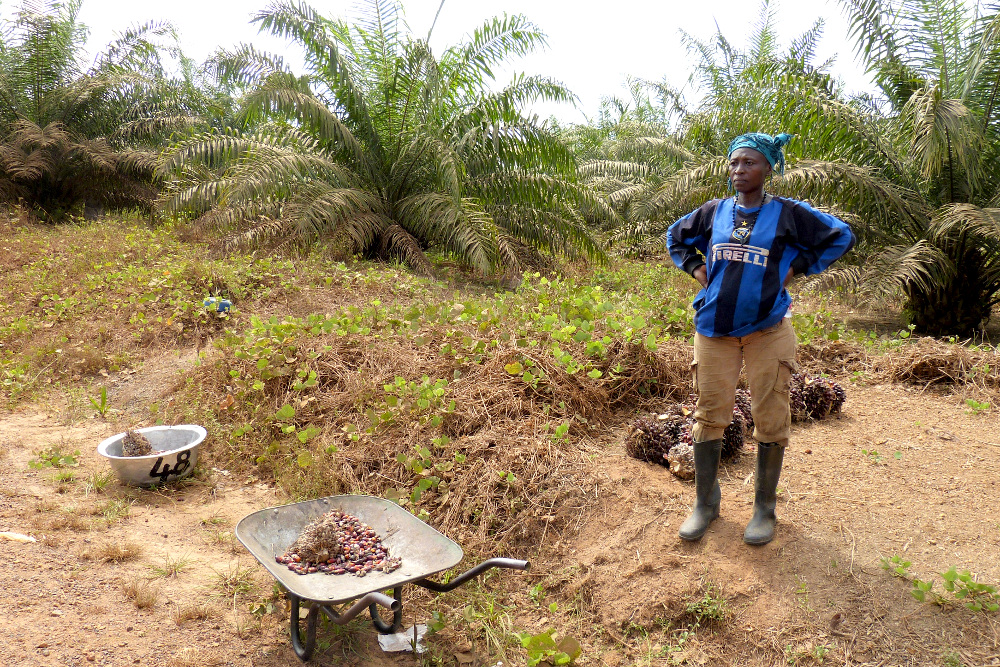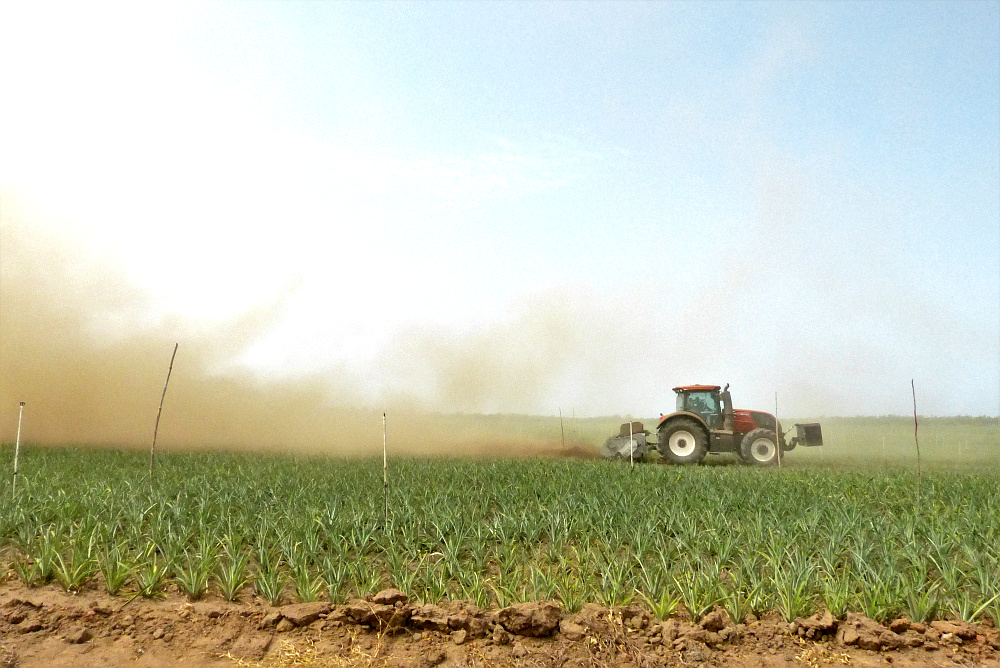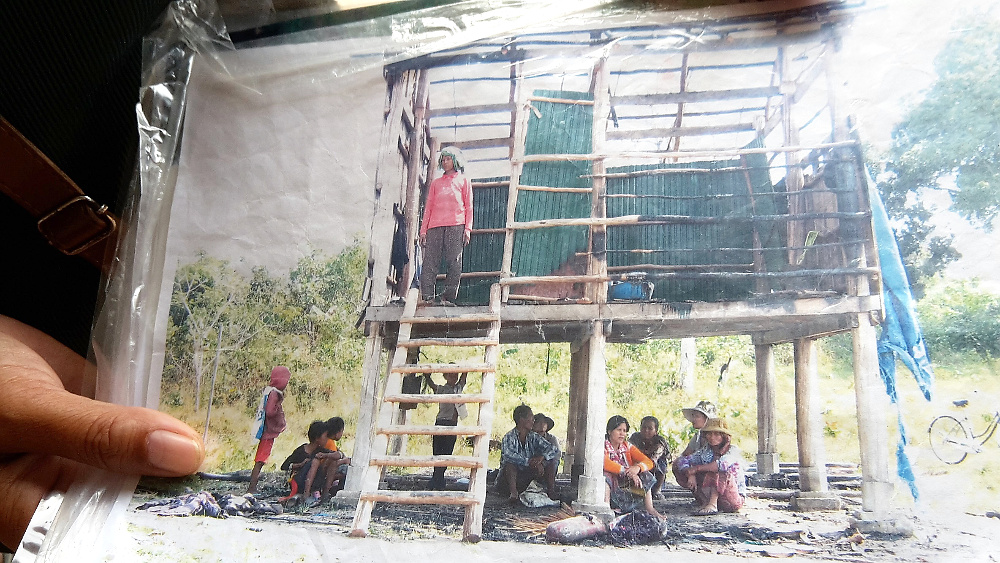by Anne Hennings, PhD, University of Muenster
Much has been written on the global land rush, its implications for affected communities and the environment, as well as its conflict potential. However, I argue that assemblage thinking provides a particularly insightful analytical lens to zoom into exclusion mechanisms at play in plantations and respective efforts of contestation. Even in spaces of tight surveillance, increasing intra-community cleavages, and the breakdown of social institutions, I show how the emergence of unusual alliances and solidarity may challenge the status quo.

Every visitor to a large plantation in the Global South notices an abrupt change after passing one of the multiple check points that are an inherent feature and demarcate the beginning (or end) of a plantation. First and foremost, the material shift of the surroundings becomes apparent. Forest or family fields change into seemingly endless and perfect rows of monocrop trees or plants. Entering a fully set up plantation, one cannot fail to note a distinct rhythm and a set of activities that contrast with everyday life ‘outside’. Laborers bustle around, harvesting or slashing, villages come in sight devoid of residents in working age, and myriads of company signs ‘built with the friendly assistance of…’ set up next to wells, schools, town halls, or even speed bumps catch the visitor’s attention. Eventually, further down the usually well-maintained road the company’s office and staff compound comes into sight.
Proposing the term plantation assemblage, I understand large-scale plantations as socio-economic projects that territorialize and homogenize a landscape under a neoliberal development lens. Especially governments tend to instrumentalize land deals to strengthen their grip on minority-inhabited or remote territories as well as resources, as these areas are often mistaken with impunity. In plantation assemblages rather exclusive ideas of development that benefit only a few translate into highly dependent relationships between residents and the company (and sometimes political decision makers) and thus limit the scope of communal agency. The conceptual lens presents a critical view on the interplay of capitalist and statist features of as well as agency within plantations by paying particular attention to the processes of monetarization, surveillance, patronization, and the valorization of nearly all aspects of life within the plantations’ proximity.
The plantation assemblage lens sensitizes for the heterogenous and conflicting relations that shape the social fabric
I argue that using assemblage thinking provides analytical insights into the specific global-local conditions under which a plantation emerges as well as its “skeletal frame” that includes the above outlined physical neighbourhood, road networks, schedules, rigid task assignments, written regulations, as much as power dynamics evolving around questions of legitimacy, prestige, or solidarity. Introducing the term plantation assemblage enables us to consider both the resemblances of plantations across continents as well as the plantations’ individual dynamics determined by crop, site, its global links and involvement with the local economy and communities. I reason that assemblage thinking with its notions of complexity and transformation renders a new perspective on how land deals, injustices, and exclusive development are experienced and contested.
Although scholars agree that the capitalization of land reproduces and reworks space, governance, and social interactions, the assemblage lens provides an insightful and more detailed analysis of resource governance shifts and conflicts in operating plantations. The merits of assemblage theory lie in the critical analysis of social realities and the rejection of essentialist and determinist thinking. Following Gilles Deleuze and Félix Guattari, I understand resistance as new ways of thinking or political realities different from the established ones, such as the emergence of yet unheard alliances or dissolving trust in authorities. As such, this line of thinking goes beyond examining resistance along its manifestations in official politics, everyday resistance, more overt advocacy politics, or armed resistance. The shape resistance movements take is of less importance than the relational dynamics at play and the emergence of agency, solidarity, authority, trust, or violence, for example.

(different case, © Anne Hennings)
Drawing on my empirical findings, I briefly exemplify two plantation assemblages run by the same European company in Cambodia and Sierra Leone, which show varying degrees of conflict, community leverage, and mobilization. In order to maintain the plantation assemblage in Sierra Leone, the paramount chief has normalized the state of emergency and, at the same time, increased the residents’ dependency on the willingness of the chieftaincy and the company to provide labor, social services, or other benefits. Likewise, intimidation, random arrests and systematic violence against all who object have led to a high level of mistrust and insecurity. A different picture unfolds in Cambodia, where residents had a choice to keep their farmland, receive compensation, or take part in the outgrower program. Nonetheless, my findings indicate that the establishment of the rubber plantation and processes of monetarization in the Cambodian plantation assemblage have added to existing intra-community cleavages, contributed to the loss of indigenous identity, and led to a breakdown of social institutions, which, in turn, has weakened social coherence and thus community leverage.
In both plantation assemblages, the presence of the companies has aggravated existing exclusion mechanisms. Apart from increasing inequality, both land deals have reinforced nepotism, further curtailed social mobility, exposed communities to corruption, coercion, and violence, and perpetuated the chieftaincy monopoly in Sierra Leone. The sudden influx of money has weakened local customs and further increased class and intergenerational tensions. In this vein, kinship relations were reinforced as a means to access material benefits and positions.

At the same time, economic deprivation, exploitation and marginalization strengthened solidarity ties across class, gender, and generation among Sierra Leonean activists and their support network. In spite of the limited space for contestation, I found several slowly emerging previously unthinkable connections between land-owning and -using families, activists and militia fighters, activists-turned-politicians, as well as trans-chiefdom networks. In the Cambodian plantation assemblage, resistance is characterized by the convergence between former Khmer Rouge cadres and affected community members as well as the emergence of a nation-wide indigenous and a transnational support network. However, the outlined contestation and alliance building efforts in each plantation assemblage are thwarted for now by a combination of lacking social coherence, mistrust, tight surveillance, and high levels of community dependency on company provisions and the political will of political elites.
As shown, the analytical strength of the plantation assemblage lens lies in the sensitization for the heterogenous and conflicting relations that shape the social fabric. Moreover, it challenges simplistic understandings of causality, in the sense of “same cause, same effect, always”. While solidarity may further the communities’ cause, it does not necessarily emerge in every community affected by land conflicts, for example. In a nutshell, assemblage thinking encourages researchers to think outside the box with regard to power relations and does justice to yet unthought of or unusual connections and practices.
This contribution draws on the findings of my journal article “Plantation assemblages and spaces of contested development in Sierra Leone and Cambodia.”

